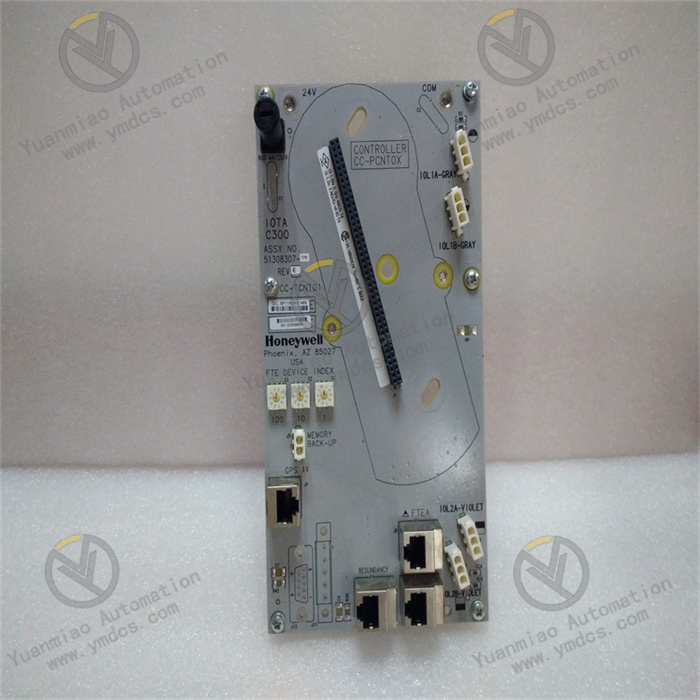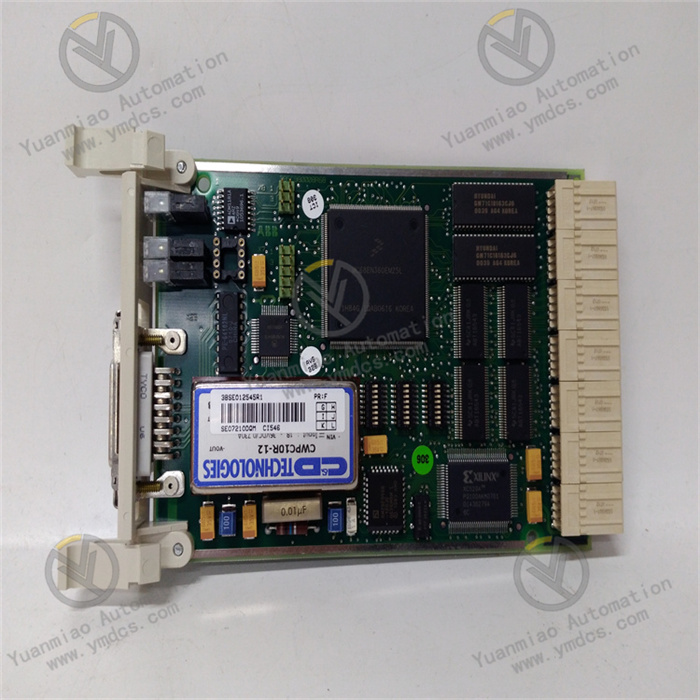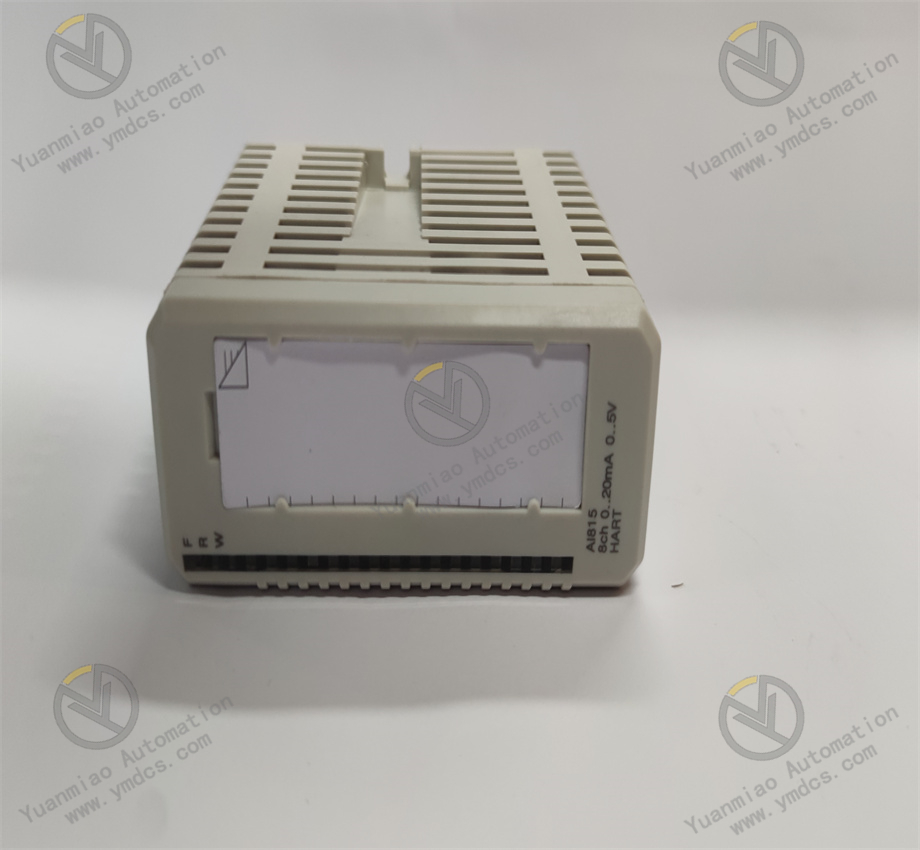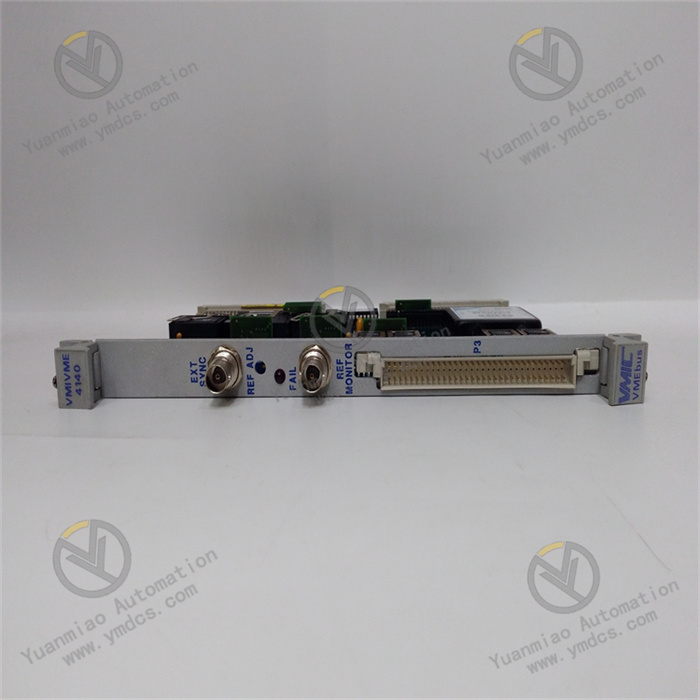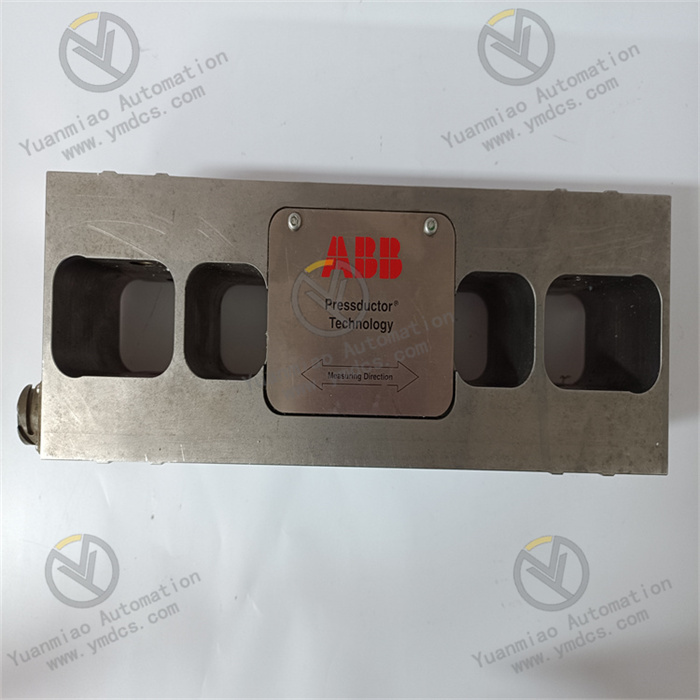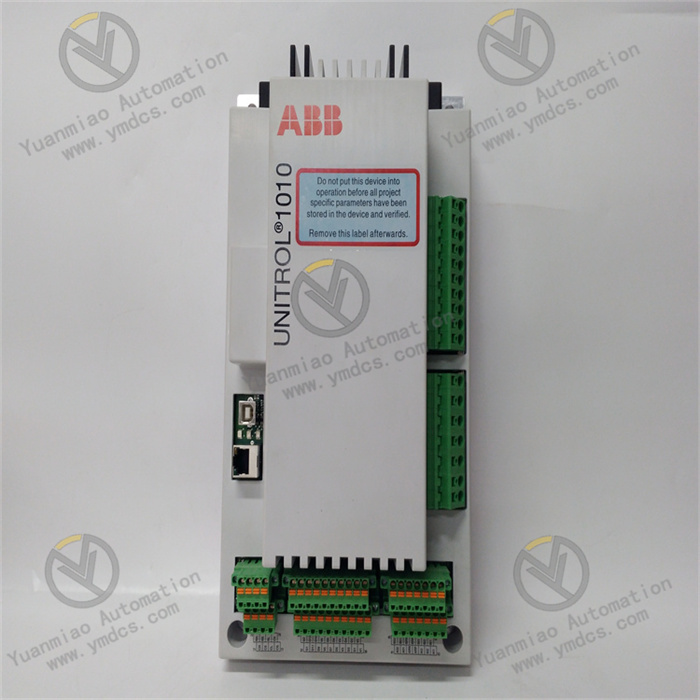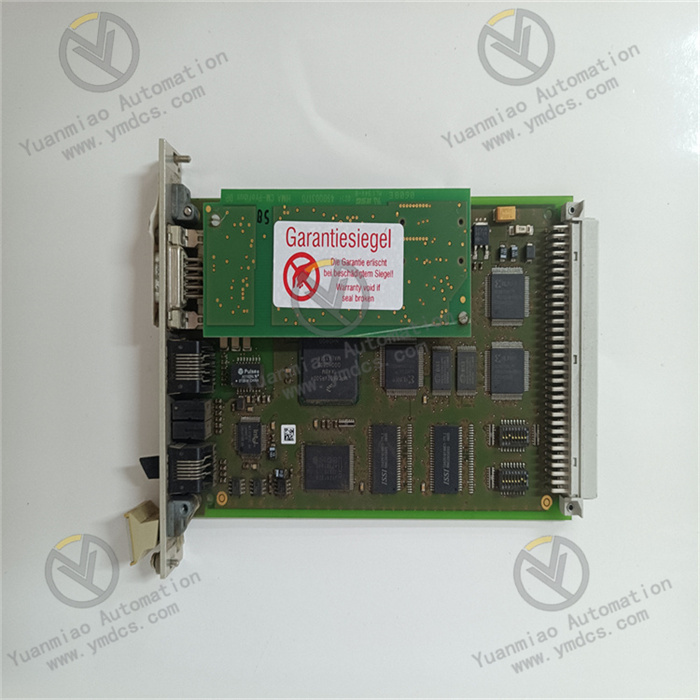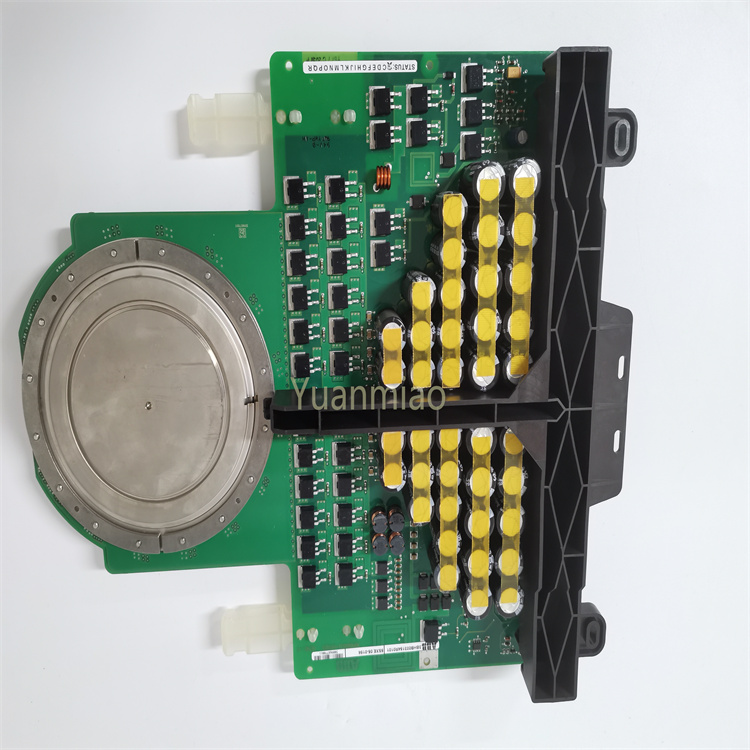Description
GE SR750-P5-G1-S1-HI-A20-R
I. Product Overview
II. Functional Features
Precise Metering and Monitoring Functions: It has a built-in high-precision metering function, which can accurately measure key parameters such as current, voltage, and power in the system without additional auxiliary metering equipment. This not only reduces costs but also reduces the equipment footprint and maintenance workload. At the same time, it conducts comprehensive monitoring of analog input/output (Analog I/O) to realize all-round monitoring of system assets and grasp the operating status of equipment in real-time.
Efficient Communication and Integration Functions: It supports common industrial communication protocols such as Modbus RTU or DNP 3.0, and can be seamlessly integrated with existing industrial control systems, facilitating data interaction and remote control. It can also be optionally equipped with a 10Mbps Ethernet port to further improve data transmission speed and system integration, making it easy to access larger automation networks and realize centralized management and intelligent control.
Convenient Maintenance and Fault Troubleshooting Functions: It adopts a withdrawable structure design. When the equipment needs maintenance or replacement, it can be quickly pulled out for repair or replacement, which greatly shortens the equipment downtime and improves maintenance efficiency. The built-in simulation function simplifies the equipment testing process and helps to quickly locate potential faults. The IRIG - B time synchronization function, event report recording, and waveform capture function can record various events and signal waveforms during the operation of the equipment in detail, providing a strong basis for fault troubleshooting and analysis, and effectively reducing fault troubleshooting time and maintenance costs.
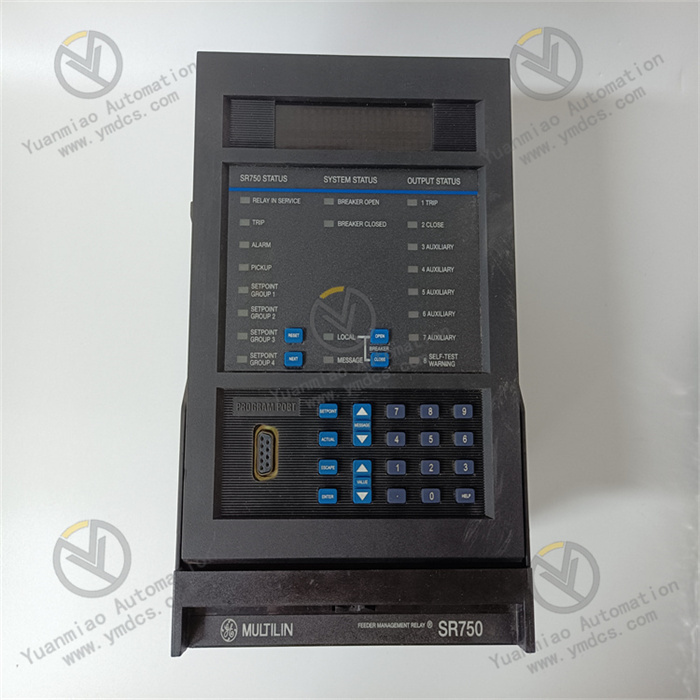
III. Technical Parameters
Power Supply Voltage: Although no specific range is clearly given, it is inferred from industrial general standards and similar products that it may be compatible with common industrial power supply voltages, such as 110V AC, 220V AC, etc., to meet the power access needs of different application scenarios.
Power Consumption: The product focuses on energy efficiency in design, and the expected power consumption is within a reasonable range, such as about 10 - 20W, which reduces energy consumption while ensuring the stable operation of the equipment.
Frequency Range: The nominal frequency range is 25 - 60Hz, which can adapt to the differences in power system frequencies in different regions and ensure normal operation in various power grid environments.
Signal Monitoring Parameters:
Waveform Capture Channels: It has strong signal acquisition capability, with 4 current channels, 3 voltage channels, 14 logic input status channels, and 8 output relay channels. It can comprehensively capture signals such as current, voltage, and logic status in the system, providing rich data support for the analysis of system operation status.
Overvoltage Startup Level: The overvoltage startup level can be accurately adjusted in steps of 0.01 between 0 and 1.25×VT (VT is the rated voltage), meeting the customized needs of different systems for overvoltage protection thresholds.
Waveform Capture Channels: It has strong signal acquisition capability, with 4 current channels, 3 voltage channels, 14 logic input status channels, and 8 output relay channels. It can comprehensively capture signals such as current, voltage, and logic status in the system, providing rich data support for the analysis of system operation status.
Overvoltage Startup Level: The overvoltage startup level can be accurately adjusted in steps of 0.01 between 0 and 1.25×VT (VT is the rated voltage), meeting the customized needs of different systems for overvoltage protection thresholds.
Communication Parameters: The communication baud rate ranges from 300 to 19200 baud. Users can flexibly select the appropriate baud rate according to the actual communication distance, data transmission volume, and system requirements to ensure the stability and efficiency of data communication.
Physical Parameters: The relay has a size of approximately 18cm in width, 16.5cm in length, and 21.5cm in height. It adopts a compact design, which is convenient for installation on a standard 19-inch panel, suitable for various equipment cabinets and installation spaces, and has high space adaptability.
Environmental Parameters: It can work normally in an environment with humidity up to 90% (non-condensing), has good environmental tolerance, and can adapt to relatively humid industrial environments, such as production workshop environments in some chemical, food processing and other industries.
IV. Working Principle
Data Analysis and Processing: The built-in microprocessor uses preset algorithms to conduct in-depth analysis of the collected digital signals. When analyzing the current signal, it compares the real-time current value with the preset overcurrent protection threshold to determine whether there is an overcurrent situation; for the frequency signal, it calculates the current frequency and compares it with the normal frequency range. If it is detected that the signal is beyond the normal range, the microprocessor will generate corresponding control commands and alarm information according to the preset logic.
Protection and Control Execution: Once the microprocessor determines that the system is abnormal, such as overcurrent, under/over frequency, or ground fault, it will immediately issue control commands through the output relay channel. When an overcurrent fault occurs, the control command will drive the relay to act, cut off the fault circuit, and protect the equipment from further damage; when the system frequency is abnormal, it may adjust the operating parameters of related equipment, such as adjusting the speed of the motor, to maintain the stable operation of the system. At the same time, alarm information and event records are sent to the remote monitoring center or control system through the communication interface, so that operators can timely understand the system status and take corresponding measures.
Communication and Data Interaction: Through supported communication protocols such as Modbus RTU and DNP 3.0, the product transmits the collected real-time data and equipment operation status information to other devices or systems, such as the central control system and data storage server. It can also receive control commands from the superior control system to realize remote operation and parameter adjustment, thereby realizing intelligent and automatic control and management of the entire industrial system.



